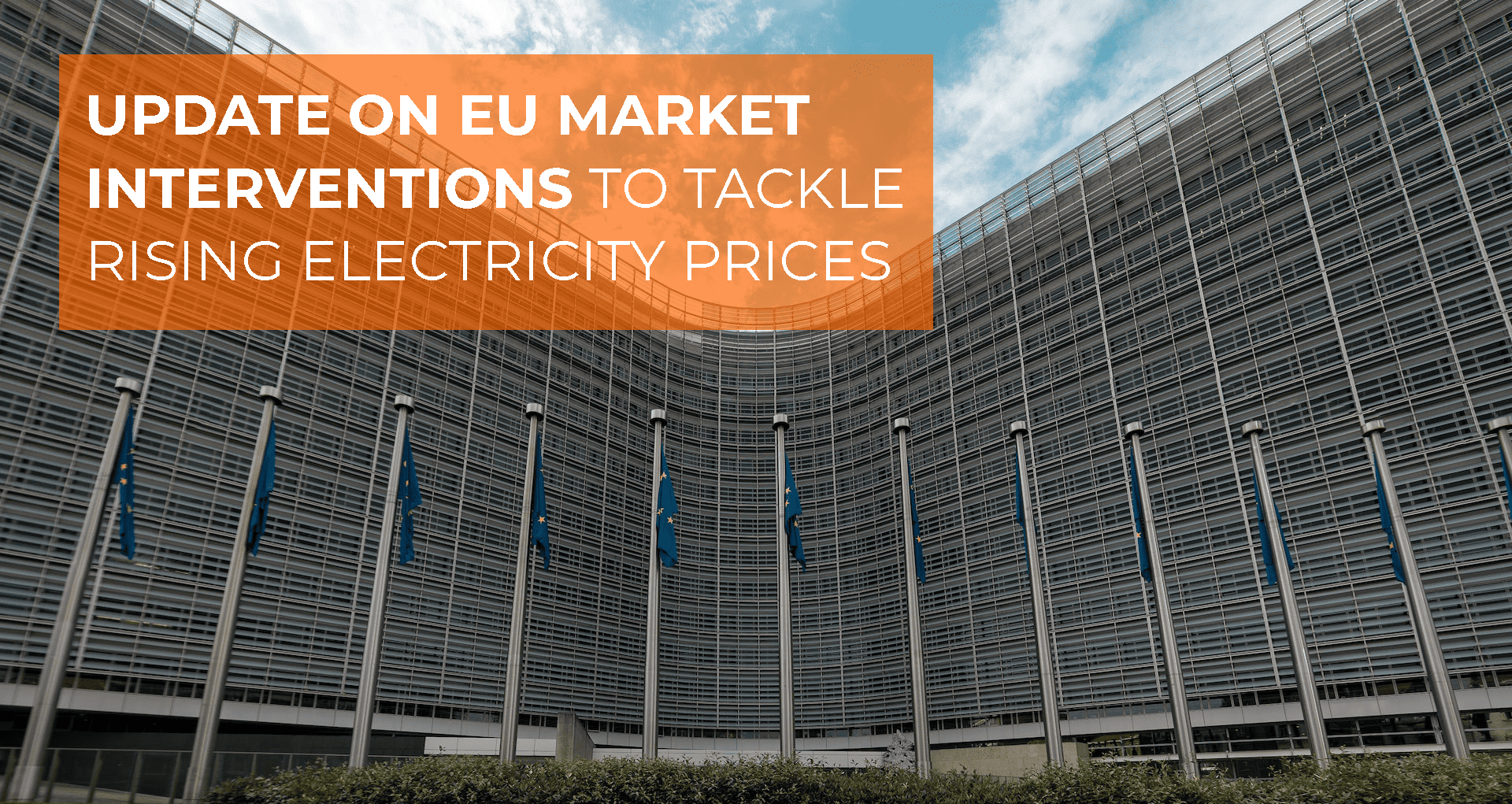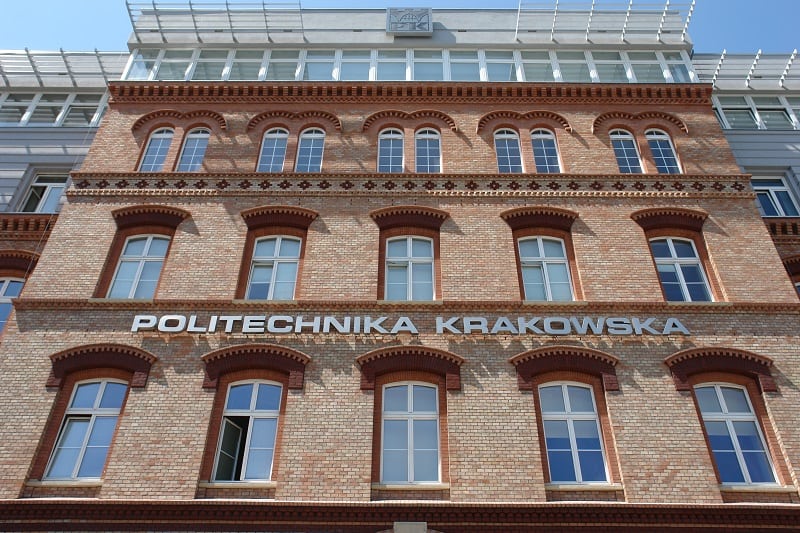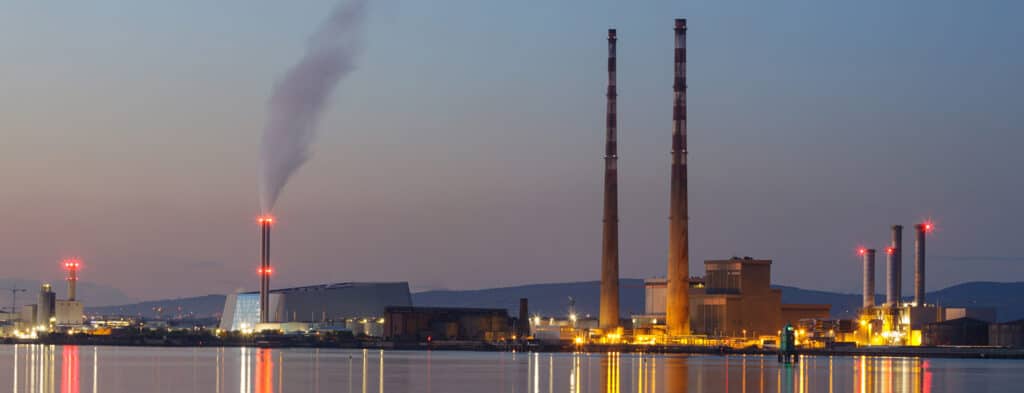
Update on EU Market Interventions to Tackle Rising Electricity Prices
Last month, VIOTAS published a blog post explaining the need for intervention, and what the EU were considering as measures to tackle the high electricity prices. This more recent post serves as an update on these measures and looks down the line at a possible new intervention – gas price caps.
What was proposed and what was implemented?
First, let’s revisit the measures the Extraordinary European Council proposed on the 9th September to tackle the rising electricity prices and mitigate the problems faced by European Electricity Markets.
- Demand Reduction targets for electricity consumption, particularly during peak times when demand, and therefore prices, are at their highest.
- Setting a €180/MWh price cap for inframarginal technologies, obligating generators with low operating costs such as renewables to pay back any excess wholesale market revenues.
- Solidarity Contribution from fossil fuel companies e.g., oil and gas producers currently making high profits due to international prices.
- Consumer Support Measures such as regulated tariffs and/or direct income supports using revenues generated from measures #2 and #3.
- Liquidity support for energy companies through state guarantees, reducing the impact of the current liquidity crisis driven by enormous collateral calls for companies trading on electricity exchanges.
- Price cap on Russian gas as a fallout of Moscow suspending European gas supplies.
The European Commission, in response, published their legislative proposal on the 14th September. This included the first 4 of the above measures and agreed to continue work on the latter 2. This was welcomed by nearly all Member States, as considerable revenue was expected to be generated from inframarginal cap and the solidarity contributions (€117bn and €25bn respectively[1]), allowing Member States to support their consumers.
With a number of refinements vs. the initial proposals, on the 30th September, the legislative proposal was adopted by the Extraordinary European Council. This now Regulation has been sent to each Member State, who are responsible for implementing measures by the 1st December. For the European Council’s Press Release and explanation, see here.
What’s next?
As mentioned, some of the original proposals were deferred, namely the liquidity support[2], and the price caps on Russian gas. While the swift implementation of the original four interventions was seen as an enormous success, and widely agreed as beneficial, some Member States became concerned they were not sufficient to tackle the problems faced. Recently, attention has turned from the original four interventions to the gas price caps. The next section will address the apparent need for such caps, the hesitancy of the EU, and the likely outcome.
Gas Price Caps
We wrote, in our last post, that the Commission were considering a price cap on Russian gas imports. At the time, it was clear Member States were divided, and as such, the inclusion of this in the package of measures would have risked the entire package being rejected by the European Council or delayed. However, the developments since then as to the implementation of this measure have been very interesting.
Just days before the package of the four measures was adopted by the Council, a group of 15 Member States laid out their request for a price cap on all gas, and not specifically for Russian imports. Their claim is that, although the four measures benefit them in supporting households and businesses, they do not target the core problem of high gas prices.
As explained in the previous blog, the price of electricity is set by the most expensive, or marginal, MW used to fulfil demand. In most cases, this marginal MW comes from a gas generator, especially as their input prices (wholesale gas) increase. We drew the conclusion, therefore, that “the electricity and gas market prices were effectively coupled.” As such, if gas prices are lowered, albeit artificially, the marginal MW will be cheaper, thus lowering the price of electricity.
While this may seem a straightforward solution to lower the price of electricity, why then, is Europe so divided and reluctant to implement such a measure? As with any market redesign or intervention, measures must be carefully considered to avoid any unintended consequences. If Europe was to introduce gas price caps, the impact on the following three areas remains unclear:
- Security of Supply – By limiting the price Europe is willing to pay for gas on the international market, foreign suppliers may sell to other regions at a higher price, reducing gas being supplied to Europe.
- Intra-Union Allocation – Assuming all Member States are willing to pay up to the cap, determining who and where needs the gas most (normally determined by price) becomes challenging. This may have to be done administratively, which is politically very tricky.
- Decarbonisation Targets – This can apply both in the current and future sense. Spain & Portugal, who capped gas prices used for electricity generation earlier this year, have seen a dramatic increase of gas usage compared with other Member States, and historic figures. It’s clear that reducing the price of gas will increase its demand. As such, Europe’s aim to reduce gas consumption in the short term will be compromised. Similarly, it will be challenging to rapidly reduce gas demand in time to meet our targets by the end of the decade.
As well as these primary issues, there are further concerns around the equity of the proposed measure to cap gas prices, the implications of this measure on the previous four, especially if inframarginal rents captured from renewable energy are effectively used to subsidise gas prices, and other concerns around the financing of such a measure.
However, it is undeniable that many European Member States are eager to tackle what they see as the core issue in this crisis. While it is not clear yet, several proposals have been put forward by different parties, each with their merits and unintended consequences. It seems almost inevitable that some form of gas price measure will be put in place before the end of the year, however, what form it might take is very unpredictable. It has been confirmed that EU Commission will present a legislative proposal to the next European Council on the 20th October. VIOTAS continues to closely monitor European developments during this unprecedented crisis, and to evaluate their impacts on the electricity markets within which we operate.
[1] Source: https://ec.europa.eu/commission/presscorner/detail/en/QANDA_22_5490
[2] The European Securities Market Authority (ESMA) & the European Banking Authority (EBA) are assessing the appropriateness of the implementation of support measures. This landscape will become clearer on the 17th October when ESMA recommends concrete proposals.



